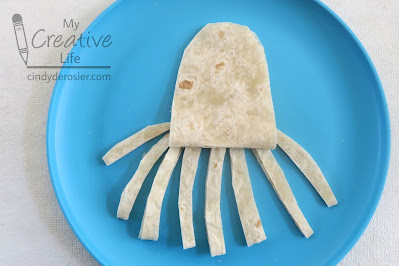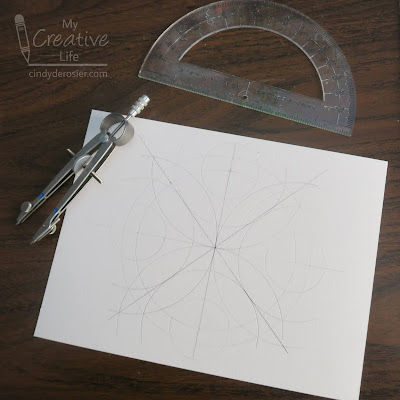The most challenging aspect of being an elementary school teacher is not the actual teaching part, where you explain or demonstrate how something is done. Sure, a teacher has to be a bit of an expert in everything (since they teach math, language arts, science, history, PE, art, music, and technology to a diverse group of 32 people with different ability levels) and that is definitely a challenge, but most people who go into teaching are quite good at explaining skills or demonstrating techniques across many subjects. That's not the hard part.
The most difficult part of teaching is classroom management. Those 32 people with different ability levels also have different interests, arrive with varying amounts of background instruction, and have personal issues or circumstances that impact learning (whether positively or negatively). Even assuming all students exhibit excellent classroom behavior (a laughable assumption- in a group exhibiting no distracting behaviors, at least one child will rise to fill the void) and students are somehow so homogenous as to have the same base knowledge and familial situations (equally impossible), people naturally learn and work at different rates.
All this to say, as a teacher it is really important to know how faster workers will spend their time without disrupting slower workers who require the attention of the teacher. Silent reading and creative writing are both obvious choices, as are independent extension activities like researching more about the topic at hand. You can also put students to work preparing materials.
One of my favorite "if you finish your art project early" activities is Magazine Symmetry Art. Students who finish early could select an image from a stack and use color pencils or other art materials to fill in the missing half. Here are samples from Gabbi (owl) and Ralph (upside down boy).
Early finishers prepped these for me so that we always had a stack available. They would go through old magazines looking for symmetrical images, cut them out down the line of symmetry, and then glue them to paper. It took some time for my helpers to develop an eye for which images work and which do not. For example, if a face is even slightly tilted or turned, it will look mighty strange when you add the mirror image.
If you aren't juggling 32 kids in a classroom, you may still find that you need a short activity for 1 or 2 kids to do at home while you tend to something else. Magazine Symmetry Art is a fun choice.













































